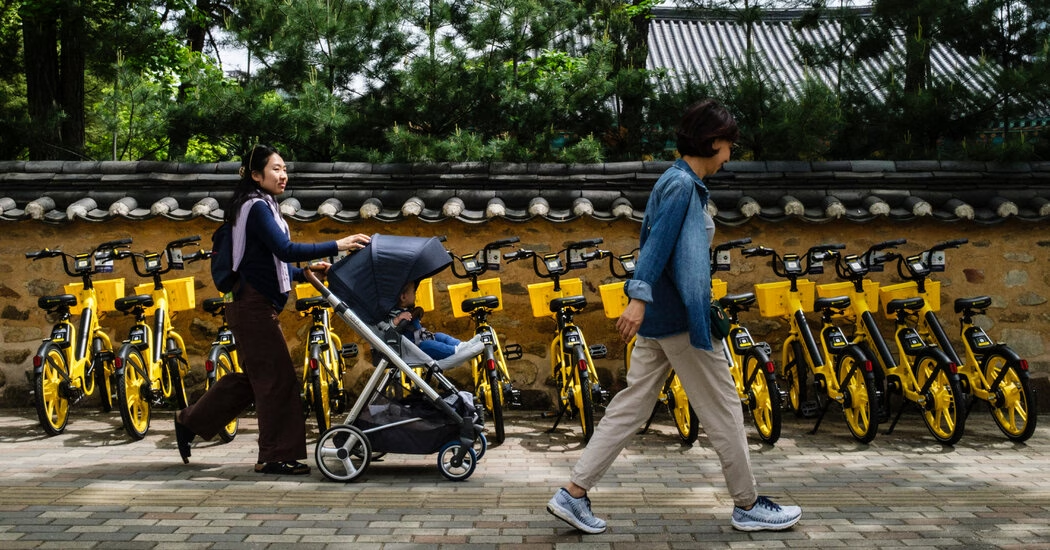For the first time in almost a decade, South Korea has seen an increase in birth rates, with a 3.6 percent rise recorded in births last year. This marks the first increase since 2015, providing a glimmer of hope for government officials who have implemented measures like extended parental leave and other benefits to address the world’s lowest birthrate.
The increase in birth rates follows a rise in marriages over the past few years, partly due to the postponement of weddings during the COVID-19 pandemic. In South Korea, it is common for individuals to marry before having children.
According to Park Hyun-jung, an official from the government’s statistic agency, the turnaround in birth rates indicates a shift in social values towards more positive attitudes towards marriage and childbearing. In 2023, there were some 238,300 births, an increase of 8,300 from the previous year.
Seulki Choi, a professor of demographics and sociology, believes that reversing the nation’s declining population will be a challenging task, as the number of elderly people in South Korea outnumbers the youth. The number of deaths last year increased by 5,800 compared to the previous year.
It is predicted that if the downward trend in births continues, the nation’s population, currently at 51 million, could be halved by the year 2100. South Korea has been grappling with its aging population for several years, with the fertility rate dropping from 1.24 in 2015 to 0.72 in 2023.
Young people in South Korea have expressed anxiety about their futures, both in their careers and financially, making the prospect of having children more daunting, especially in major cities. The fertility rate in the capital, Seoul, was as low as 0.552 in 2023.
The government has invested billions of dollars to promote childbirth and counteract the aging population. In June, President Yoon Suk Yeol declared a demographic national emergency and unveiled policies to ease the burden of child rearing. These policies include reduced working hours for expectant mothers, increased childcare leave for fathers, and higher monthly stipends for new parents.
However, some previous proposals have faced criticism for being poorly thought out. For example, lawmakers considered exempting men from military service if they had three children before the age of 30.
South Korea’s fertility rate remained the world’s lowest at 0.75 last year. Experts attribute the low birth rates to the high costs of childbearing, unaffordable housing prices, and the competitive education system. In an effort to address this, South Korea started increasing the number of foreign nannies allowed in the country to help working parents take care of their children. A pilot program saw 100 nannies arrive from the Philippines in August.
Source: https://www.nytimes.com/2025/02/26/world/asia/south-korea-babies-birthrate.html





